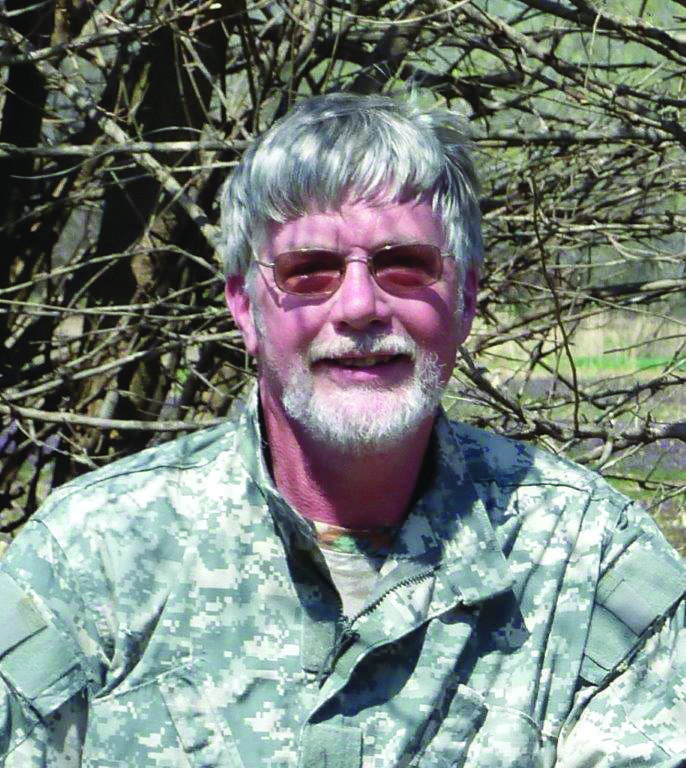Our garden each year consists of 6 tomato plants, and some years, that’s all. Each winter, using a tried-and-true family recipe, we make tomato soup. So, all our tomatoes, minus a few for BLT’s are cut-up and frozen in one-gallon freezer bags for this winter’s soup. I usually plant my tomatoes early, mid- March to early April, using “Walls-of-Water,” plastic gadgets filled with water that provide each plant with its own little greenhouse. I’ve learned that here in Kansas, planting that early gets them setting fruit and producing tomatoes before the obnoxious hot weather. I plant “indeterminate” tomato plants which will live and continue to produce fruit until frost, allowing for a nice fall harvest also.
As most of you have already noticed, this year has not been a “tomato year” as a Master Gardener friend of mine puts it. My tomatoes were planted later than usual because I had knee surgery, so I have not even put any into the freezer yet. Shirley Buller, my Master Gardener friend from Montezuma, Kansas explains that tomatoes will not set fruit when the temperature stays above 75 degrees. So, since the weather got so hot so early, and the fact that the temperatures barely get as low as the mid 70’s at night, combined with the horribly hot days, tomato plants are just not yielding fruit. Her advise is to keep the plants well-watered and well-fertilized until the weather begins to cool, then prepare for a nice fall harvest of tasty Kansas tomatoes. Adding too much nitrogen when fertilizing often results in massive plants but few tomatoes. But this year, Shirley says that extra watering can result in leaching away of nitrogen reserves, so adding a LITTLE nitrogen now may be beneficial.
……………………………………………………………………………………………………………………………..
Each year here in Inman, we see one or two hummingbirds in the spring or in the fall, then we’ll hustle to get a feeder up but never see them again. Late last August that scenario repeated itself, we put up a couple feeders, and four of the little buggers hung-out here with us until they left to go south. In researching hummingbird “gurus” here in KS, I was told to contact Chuck Otte, Agriculture and Natural Resources Agent for Geary County. He says that hummingbirds here in KS “leisurely” begin meandering south in late July; the adult males first, followed by the adult females then this-years young. Otte also says winds and weather fronts & patterns help determine when they leave for their winter digs in southern Mexico or northern Central America. I just assumed they would all go together in one large group, especially so the youngsters could safely follow, but he says that’s not the case.
When talking hummingbirds, feeding them always enters the discussion, and Otte had lots of advice. He advises feeding hummingbirds straight sugar water, mixed one-part sugar to four parts water; NO red food color, NO honey, NO sugar substitutes or other additives, just straight sugar water. Don’t mix the syrup stronger than that, as hummingbirds get most of their water from the syrup they drink. They are attracted to the color red, so it may be helpful if the feeder is red, but avoid yellow on the feeder as yellow attracts bees and wasps. Put the feeders up in late July to begin attracting fall travelers.
Our feeders have been up a week, but with no hummingbirds yet. I spoke with Chuck yesterday and he said he has lots already at his home near Junction City, so his advice for all of us “fall hummingbird hopefuls” is to keep the faith, so we’re looking for fall hummingbirds with our fall tomatoes. Continue to Explore Kansas Outdoors.
Steve can be contacted by email at stevenrgilliland@gmail.com.





